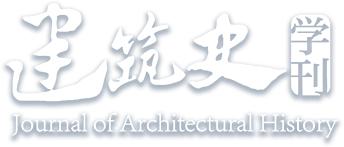Abstract:
The Forbidden City underwent extensive reconstruction during the early to mid-Qing, posing a significant challenge for architectural historians in understanding the spatial layout of the Forbidden City as it existed in the late Ming. The currently unearthed foundation sites of the Ming Forbidden City are insufficient to fully capture its overall appearance. Consequently, extracting information about the palace configuration of the late Ming Forbidden City from historical documents has become a cornerstone of academic research. This article meticulously examines the names of the Forbidden City palaces recorded in four historical documents spanning from the late Ming to the mid-Qing, namely “
Daming Huidian”, “
Zhuozhong Zhi”, “
Chunming Mengyu Lu”, and “
A Study of Old News in the Past”. Based on the versional inheritance among these documents, the article compiles a comprehensive collection of palace names from the first three sources, representing the late Ming configuration. Furthermore, this article briefly discusses the unexplored academic potential of these documents, focusing on the descriptive characteristics. It highlights the evolving relationships between Ming and Qing dynasties, to verify changes in the Forbidden City’s spatial layout, as well as the author’s insights into the Forbidden City’s spatial division derived from the recording order in each document. This will provide valuable insights into understanding the spatial history of the Forbidden City from the late Ming to the mid-Qing.


 下载:
下载: